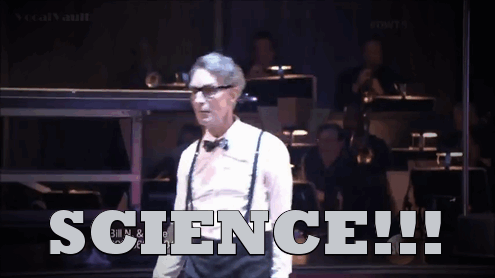Don't mix { cruise control, stability / traction control, standing water }. On my RWD P85, the experience (I-90 east towards Ellensburg) is ... unsettling.
cruise control and standing water is a very dangerous combination. The standing water causes the car to slow down and cruise control tries to compensate for it with lots of throttle. Of course having the front wheels slow down the car strongly (standing water) and the rear wheels push hard is a very dangerous combo. Has nothing to do with regen, though.



